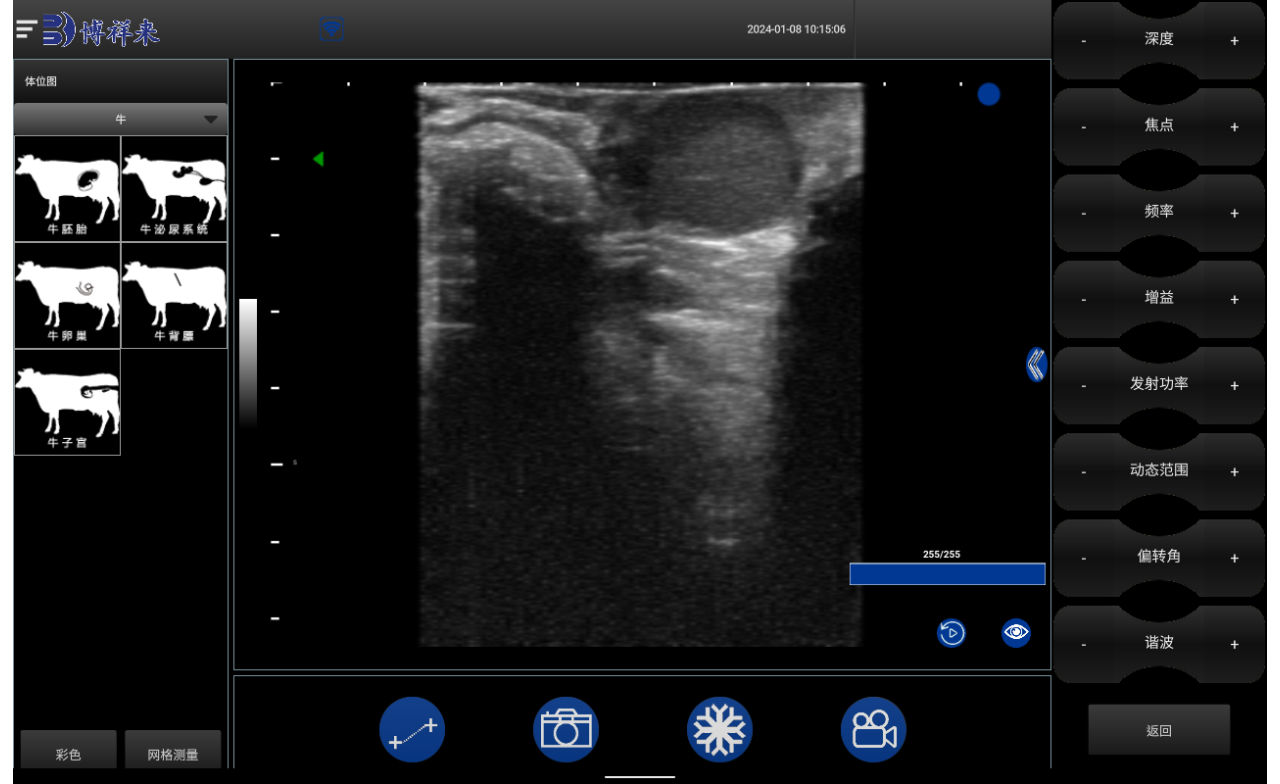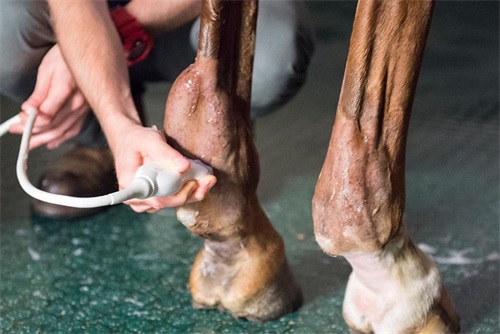Ultrasound imaging is a critical diagnostic tool in veterinary medicine, offering real-time insights into the health and condition of animals. Proper preparation is essential to ensure clear imaging results and minimize stress for both the patient and the practitioner. This guide outlines how to set up for an ultrasound in veterinary practice to achieve the best outcomes.

1. Preparing the Equipment
Select the Right Ultrasound Machine
Choose an ultrasound machine suited for veterinary use, as animal anatomy differs from human anatomy. Key factors to consider:
- Probe Types: Linear, convex, and microconvex probes are commonly used for various imaging needs (e.g., abdominal, cardiac, musculoskeletal).
- Frequency Settings: Use higher frequencies for shallow imaging (e.g., small animals) and lower frequencies for deeper structures (e.g., large animals).
- Portability: Mobile units are advantageous for fieldwork or larger animals.
Check Supplies
Ensure the following items are available:
- Ultrasound gel for proper probe-to-skin contact.
- Disinfectant wipes for cleaning the probe and equipment.
- Towels for cleaning the patient and wiping off excess gel.
2. Preparing the Environment
Choose a Quiet, Comfortable Space
Ultrasound imaging requires minimal interference and patient movement. Select a room or area that:
- Is free from loud noises and distractions.
- Has adjustable lighting to reduce glare on the ultrasound screen.
- Is temperature-controlled to keep the patient comfortable.
Positioning the Equipment
Place the ultrasound machine near the patient to allow easy access to the controls and the display screen. Arrange the cables to prevent tangling or tripping hazards.
3. Preparing the Patient
Restraining the Animal
Proper restraint is crucial for ensuring accurate imaging and the safety of both the patient and the staff. Depending on the species and temperament of the animal:
- Use physical restraint (e.g., harness, wrap, or assistant support).
- Consider sedation for anxious or aggressive animals, as recommended by the veterinarian.
Clip and Clean the Area
Hair or fur can interfere with the ultrasound probe’s contact with the skin. Follow these steps:
- Clipping: Use clippers to shave the area to be scanned. Common areas include the abdomen, chest, or limbs.
- Cleaning: Clean the skin with a mild disinfectant to remove dirt and oils, ensuring optimal contact for clear imaging.
4. Applying Ultrasound Gel
Apply a liberal amount of ultrasound gel to the probe or directly onto the animal’s skin in the target area. The gel eliminates air gaps and ensures sound waves penetrate the tissue effectively, producing clearer images.
5. Positioning the Patient
Depending on the type of ultrasound being performed, position the animal appropriately:
- Abdominal Scans: Position the animal on its back or side.
- Cardiac Scans: Position on the side with the heart closest to the probe.
- Limb Scans: Secure the limb in an extended position for better access.
Use cushions, foam pads, or sandbags to stabilize the animal and minimize movement.
6. Setting Up the Ultrasound Machine
- Adjust Frequency: Select the appropriate frequency for the target organ or structure.
- Optimize Depth and Gain Settings: Ensure the image depth matches the structure's location, and adjust gain to enhance image clarity.
- Choose the Right Preset: Many machines offer presets for specific applications, such as abdominal, cardiac, or musculoskeletal imaging.
7. Conducting the Ultrasound
- Start with broad sweeps of the area to locate the structure of interest.
- Adjust the probe angle and position to capture the desired images.
- Use real-time imaging to assess movement, blood flow, or other dynamic processes.
8. Cleaning Up After the Procedure
- Clean the Probe: Use disinfectant wipes to clean the probe, ensuring no residue is left.
- Wipe Off Gel: Remove any remaining gel from the animal’s skin with a towel.
- Organize Equipment: Return supplies to their proper storage locations to maintain a tidy workspace.
Conclusion
Setting up for an ultrasound in veterinary practice requires thorough preparation, from selecting the right equipment to ensuring patient comfort. By following these steps, veterinarians and technicians can achieve clear, accurate images while minimizing stress for the patient. A well-organized setup not only enhances diagnostic precision but also contributes to a smoother workflow and better overall patient care.
FAQs
Q: Can all animals undergo an ultrasound?
A: Yes, ultrasound can be performed on various species, including cats, dogs, horses, cattle, and exotic pets. The procedure may need slight adaptations based on the animal’s size and anatomy.
Q: How long does it take to set up for an ultrasound?
A: With proper organization, setup usually takes 5–10 minutes, though complex cases may require more preparation time.
Q: Is sedation always necessary for ultrasound procedures?
A: Not always. Sedation is only used for highly anxious or aggressive animals to ensure safety and accuracy during the procedure.
By mastering these setup techniques, veterinary professionals can make the most of ultrasound technology, providing top-notch care for their patients.









